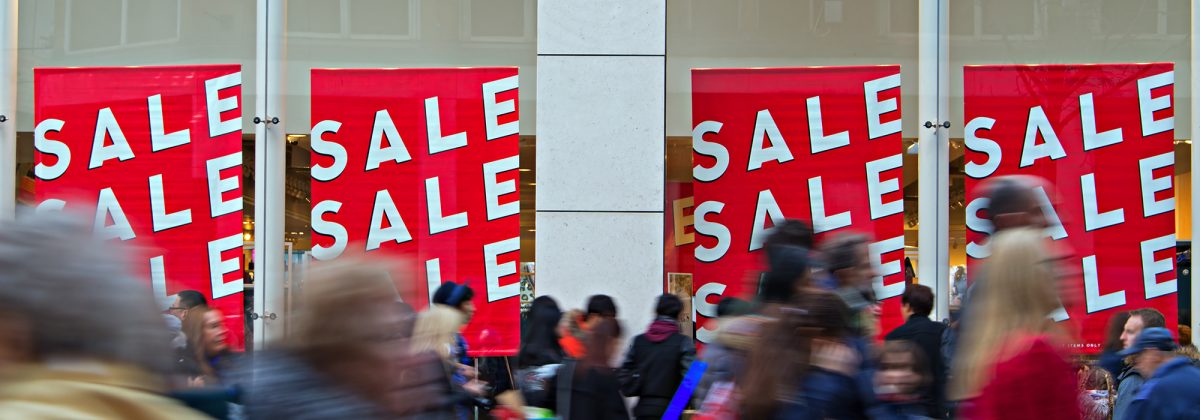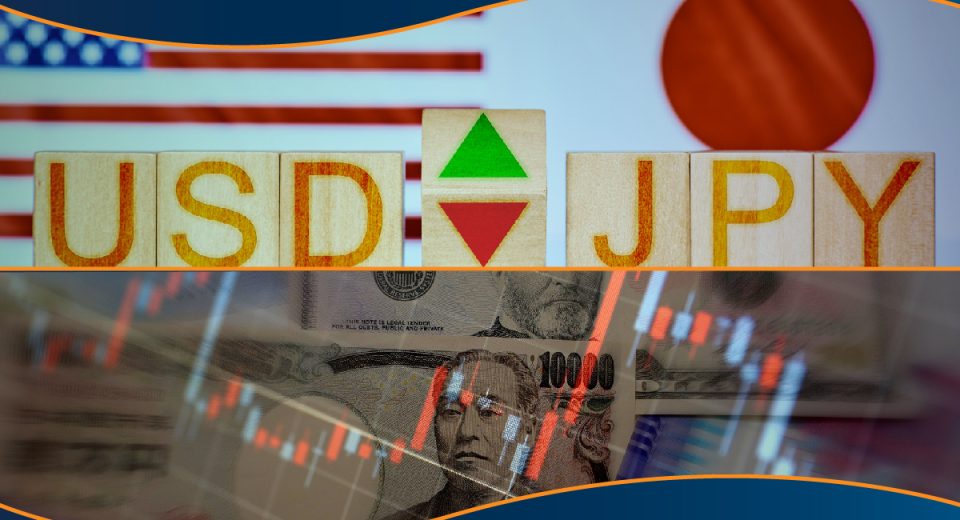How Does Consumer Spending Affect the US and UK Economy?

Consumer spending is an important indicator of a nation’s economic health. A domestic economy is made up of individuals, companies and the government, spending on various goods and services. Economy is all about demand and supply and the demand side is made up by what we buy, whether durables, non-durables, luxury items or services. When demand it high, it keeps companies profitable, giving them greater scope to hire new employees.
So, what determines consumer spending?
Determinants of Consumer Spending
The most important determinant of the level of spending is the consumer’s disposal income. With increasing disposal income, demand also rises, which in turn boosts production. Similarly, income per capita also impacts spending, since it is a measure of the amount each individual within the economy has to spend.
Another key determinant of consumer spending is income inequality, where the income levels of some people rise at a much faster pace than that of others. When this pace is in favour of low-income families, the economy benefits the most.
Household debt also plays a key role in spending. This not only includes the home, car and educational loans, but also credit card debt and healthcare costs. Consumer debt statistics in recent times reveal record high levels of household debt.
Consumer confidence or people’s expectations of the future also plays an important role in spending. The more confident the consumer is that prices will rise in the future, due to inflation, the more likely they are to spend in the present times to avoid the price increase.
Economists who follow John Maynard Keynes believe that consumer spending is the most critical short-term determinant of a nation’s economic performance. So, how does it impact two of the largest economies in the world? Let’s take a look.
The UK Economy
The United Kingdom’s private consumption constituted 63.8% of its nominal GDP in March 2019, lower than the 67.5% in the preceding quarter. The world’s sixth largest economy is highly market-oriented and has a huge services sector, which constitutes over 80% of its GDP, as of 2016. This sector is facing a crisis on account of the impending Brexit, not to mention that the UK economy is shrinking for the first time since 2012. All this has negatively impacted consumer confidence. Slower consumer spending and overall household consumption has been widely credited for the weakening domestic economy.
According to EY’s estimates, consumer spending growth in the UK would be the slowest in six years in 2019, with a growth of only 1.6% from the previous year. Experts predict that in the remainder of 2019, the labour market would be severely affected, as companies start taking drastic steps to prepare themselves for the Brexit deadline in October 2019. Employment growth might only be 1% in 2019 and 0.6% in 2020.
High street retail spending, which accounts for 33% of consumer spending in the country, is facing heavy pressure from changing consumer spending habits, which has turned towards online shopping. Retail sales dropped 0.2% in August 2019, declining for the third time since May 2019.
Britain’s economy might move towards a slowdown, in the aftermath of a hard Brexit, and a potential dip in consumption could be a major contributor to this. Inflation is expected to rise, after the country exits the free-trade region, which would make imports costlier. At the same time, wage growth might decline, eroding the consumers’ purchasing power. Deteriorating affordability due to a weakening Pound Sterling, could further add to the woes.
The US Economy
The Unites States has the world’s largest consumer market, with household consumption that is 5 times that of Japan. In 2018, consumer spending accounted for 68% of the US economy. The nation is also the world’s second largest manufacturer, a major portion of which accounts for consumer goods. Needless to say, consumer spending is a leading economic indicator of US economic growth.
The US economy has been facing a gradual slowdown, owing to escalations in the trade war with China, which is hurting imports and manufacturing output. However, while economic growth slowed in Q2 2019, the country recorded the strongest growth in consumer spending four and a half years in August 2019. The consumer spending rate grew 4.7% in the second quarter, driven by the lowest unemployment rate in the last 50 years.
However, this was before the Fed lowered interest rates for the second time in September 2019. Manufacturing and business investments contracted significantly in the second quarter, thanks to the rising trade tensions with Beijing. Business investment declined 0.6% in Q2 2019, which could compel the US Fed to continue with its expansionary monetary policies till 2020.
Lower interest rates make it possible for banks to offer loan for and businesses to borrow easily. This debt-funded business expansion usually affects consumer spending positively. Consumption becomes more attractive to the people, as compared to saving.
But, if the trade war continues, US factories are likely to suffer, hurting job creation. In August 2019, the Consumer Sentiment Index posted its biggest decline since 2012, on a month-to-month basis, at 8.6 points. President Trump’s repeated statements regarding higher tariffs on Chinese goods in the future are also playing a part in creating uncertainty for the consumer. Also, the sudden decrease in interest rates, after almost a decade of increases, could also be a reason for the dip in the consumer sentiment.
Experts say that fears of an oncoming recession are high on the consumer’s mind, which would only impact spending adversely in the future. Earlier in 2019, the US Treasury Curve inverted, for the first time since 2007, a sign usually associated with an impending recession. Such fears are more likely to make consumers think about boosting their emergency savings and identifying ways to cut back in the event of sudden job losses. As long as there is job growth and rise in house prices, consumer spending tends to remain stable.
Both economies appear to be in a fragile state right now. After a decade of economic growth, investors are treading choppy markets. Inflationary growth, on account of trade disruptions, could continue to hurt purchasing power. A good thing is that the sub-prime crisis has curtailed debt to some degree, as a source of funds, in the last few years. Now, consumers prefer high-value goods at lower prices.
Reference Links
- https://www.ceicdata.com/en/indicator/united-kingdom/private-consumption–of-nominal-gdp
- https://uk.reuters.com/article/uk-britain-consumers/uk-consumer-spending-growth-in-2019-to-be-slowest-in-six-years-ey-item-club-idUKKCN1TO0ZW
- https://www.theguardian.com/business/2019/jun/20/fears-uk-economy-rise-shoppers-rein-in-spending-again-ons
- https://en.wikipedia.org/wiki/Economy_of_the_United_States
- https://www.reuters.com/article/us-usa-economy-gdp/u-s-economy-slowing-but-consumers-limiting-downside-idUSKCN1VJ1J2
- https://news.umich.edu/u-m-surveys-of-consumers-tariffs-weaken-confidence/




